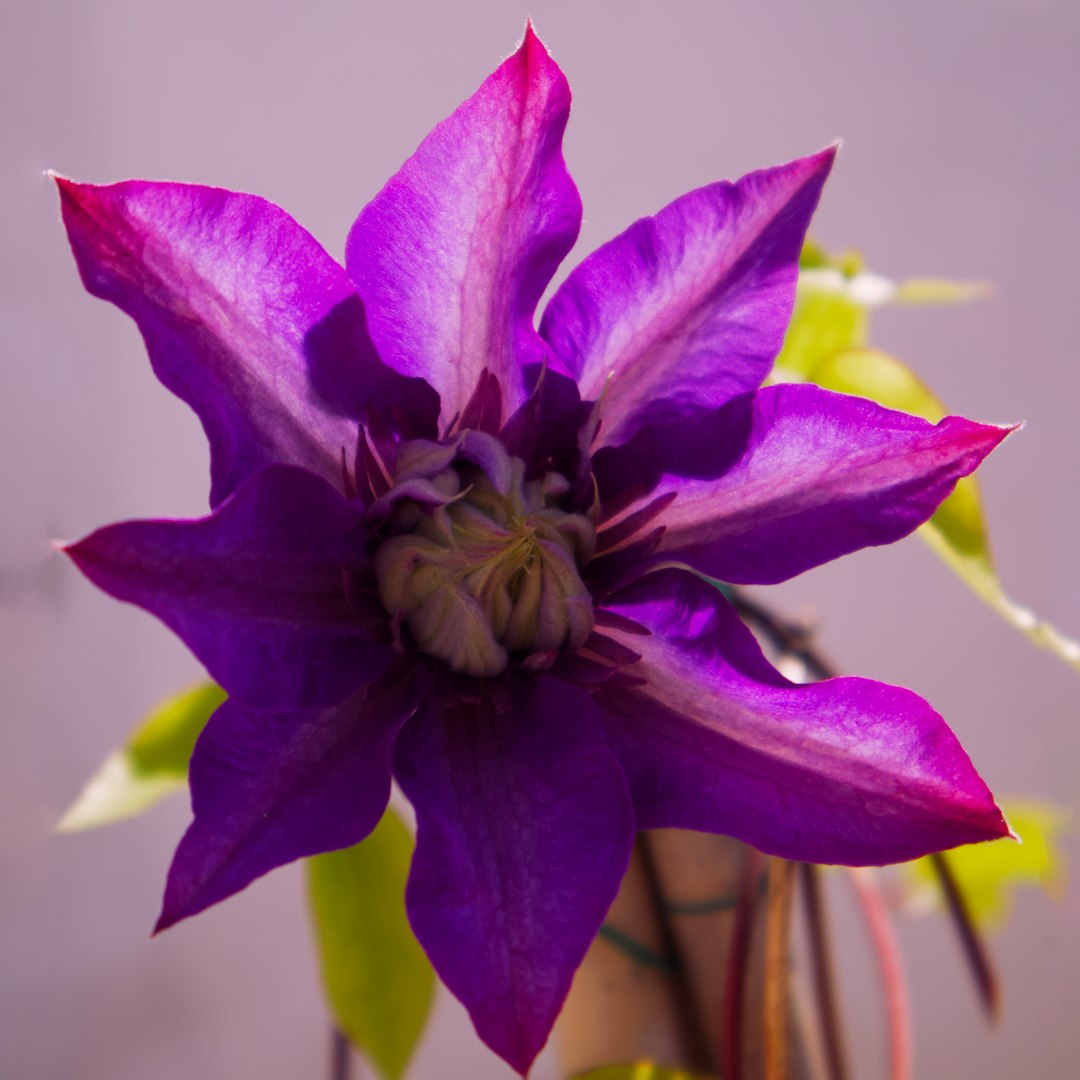Unveiling the Wonders of Our Iowa Test Garden

In the heart of Des Moines, Iowa, lies a hidden gem—a test garden that has been a crucible of horticultural excellence for years. This test garden is not just a collection of plants; it is a living laboratory where all - star perennials and shrubs are put to the test, and only the top performers emerge victorious.
One of the remarkable aspects of this test garden is the diversity of perennials it houses. Perennials are the backbone of any garden, providing year - after - year beauty with relatively low maintenance. Among the standout perennials in our Des Moines test garden is the Purple Coneflower (Echinacea purpurea). This native North American plant is not only a visual delight with its vibrant purple petals and prominent cone - shaped centers but also a magnet for pollinators. Bees and butterflies flock to its nectar - rich flowers, making it an essential addition to any pollinator - friendly garden. The Purple Coneflower is also known for its hardiness, thriving in a variety of soil types and weather conditions. It can withstand the cold Iowa winters and the hot, humid summers, making it a reliable choice for local gardeners.
Another perennial that has proven its mettle in our test garden is the Daylily (Hemerocallis). With its wide range of colors, from soft pastels to bold oranges and reds, the Daylily adds a splash of color to any garden bed. Each flower may only last a day, but the plant produces multiple blooms over an extended period, ensuring continuous color throughout the summer. Daylilies are also incredibly adaptable, growing well in full sun to partial shade. They are resistant to many common garden pests and diseases, making them a low - hassle option for both novice and experienced gardeners.
When it comes to shrubs, the Hydrangea is a true star in our test garden. There are several varieties of Hydrangeas, each with its own unique charm. The Bigleaf Hydrangea (Hydrangea macrophylla) is famous for its large, showy flower clusters that can change color depending on the soil pH. In acidic soil, the flowers turn blue, while in alkaline soil, they become pink. This color - changing ability adds an element of surprise and intrigue to the garden. The Panicle Hydrangea (Hydrangea paniculata) is another excellent choice. It has cone - shaped flower clusters that start white and gradually turn pink as they age. Panicle Hydrangeas are more cold - hardy than some other varieties, making them well - suited to the Iowa climate.
The Spirea is yet another shrub that has earned its place in our all - star lineup. Spireas come in a variety of sizes and colors, with some having delicate pink flowers and others featuring white blooms. They are fast - growing shrubs that can be easily pruned to maintain their shape. Spireas are also drought - tolerant once established, making them a great option for water - conscious gardeners. They attract butterflies and other beneficial insects, adding to the ecological value of the garden.
Our test garden in Des Moines is not just about showcasing beautiful plants; it is also about providing valuable information to gardeners. We conduct extensive research on these perennials and shrubs, studying their growth habits, disease resistance, and overall performance in the local environment. This research helps us make informed recommendations to gardeners, whether they are planning a small backyard garden or a large public landscape.
For example, we have found that proper soil preparation is crucial for the success of these plants. Most of the perennials and shrubs in our test garden prefer well - drained soil. Adding organic matter such as compost or aged manure can improve soil structure and fertility. We also recommend regular watering, especially during the establishment phase, but be careful not to over - water as this can lead to root rot.
Pruning is another important aspect of maintaining these plants. For perennials like the Purple Coneflower and Daylily, deadheading (removing spent flowers) can encourage more blooms. For shrubs like the Hydrangea and Spirea, pruning at the right time of year can help shape the plant and promote healthy growth. For instance, Panicle Hydrangeas should be pruned in late winter or early spring, while Bigleaf Hydrangeas should be pruned after they have finished blooming.
In conclusion, our test garden in Des Moines, Iowa, is a treasure trove of gardening knowledge. The all - star perennials and shrubs that have thrived here over the years offer a wealth of options for gardeners looking to create beautiful, sustainable gardens. Whether you are a seasoned gardener or just starting out, these top - performing plants can transform your outdoor space into a haven of natural beauty.